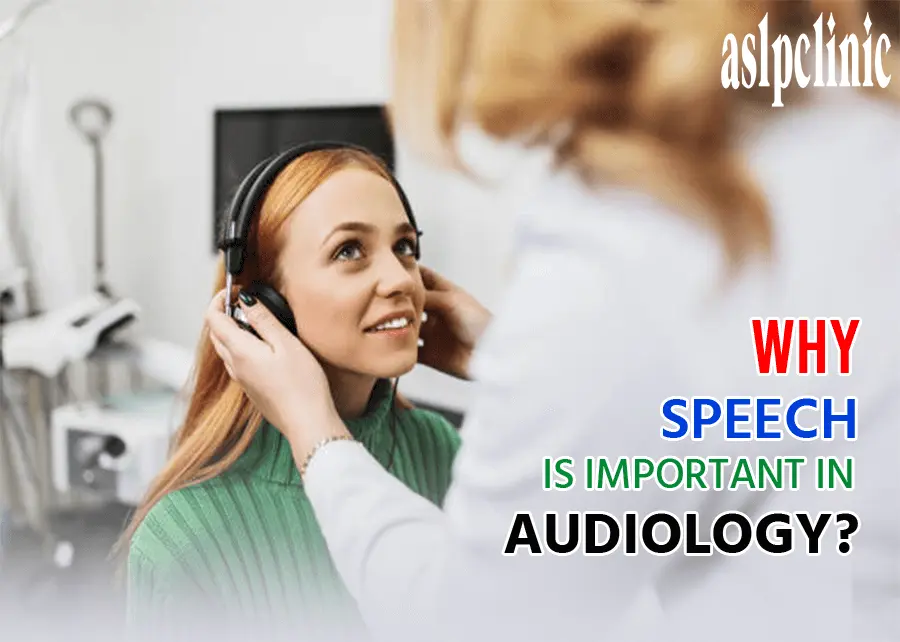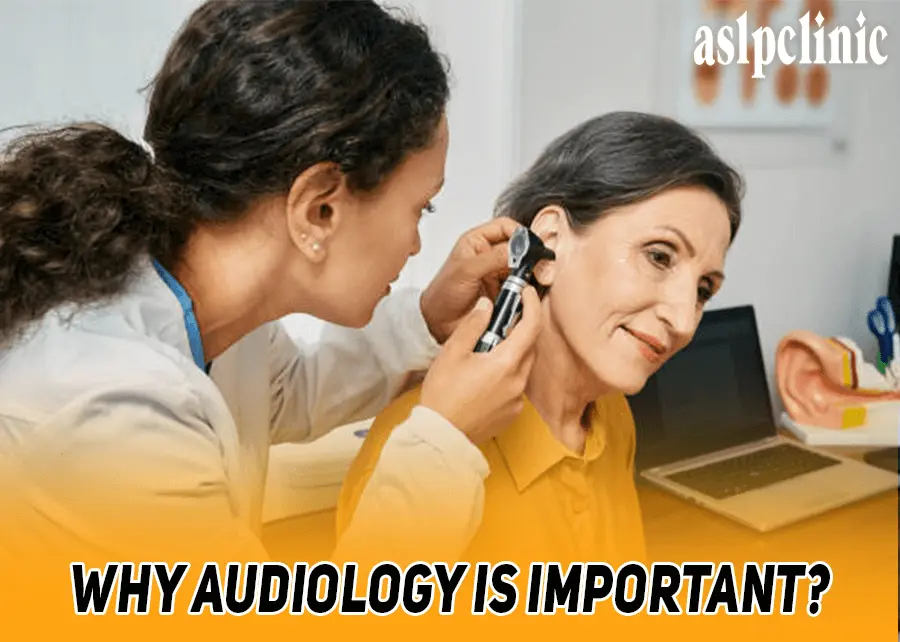In the disease known as sudden sensorineural hearing loss, early identification and treatment are important. The Primary Hearing Test with tuning fork is very helpful to know the ear condition. Unfortunately, hearing The test of hearing may not provide immediately since patients typically seek their first screening in primary care.
Therefore, tuning forks have the potential to assist in early therapy. Due to their accessibility, the proper triage, low cost, and ease of use. However, tuning fork testing was not sufficiently to explain in the first hearing complaint investigation.
In a recent multi-center randomized controlled clinical study, oral and intratympanic corticosteroids were compared.
A tuning fork test and formal audiometry conducted in order to screen potential study participants. However, this results in a substantial database that can use for a prospective evaluation of the Weber test.
Therefore, in our study, we hypothesized that the Weber test would serve as a valuable clinical indicator for identifying unilateral SNHL.
Types of Hearing Tests
The hearing test is not useful if you are not suffering from hearing loss. Furthermore, you may not appreciate the significance of good hearing to your general well-being.You may permanently damage your hearing and physical and emotional health by delaying a hearing test.
Everyone should undergo a hearing test, especially infants and young children. In addition, adults of all ages should undergo regular hearing tests to establish a baseline of their hearing abilities, regardless of whether they suffer from hearing loss.
The purpose of this baseline is to routinely assess the occurrence of hearing loss over time.The goal is to track the hearing loss over time and see whether it gets worse, stays the same, or gets better.
In the first instance, your primary care physician may order a hearing test. A hearing test is called an audiometry test because it involves a variety of procedures.
The results of the audiometry tests are displayed on an audiogram. This graph shows the decibel levels of the quietest audible noises throughout a range of pitch and frequency.
What should I expect during a hearing test?
Your doctor will test the shape of your ears and assess the health of your ears and hearing. Moreover, hearing loss may be caused by structural problems. Moreover, it can be infection symptoms, earwax accumulation, and other causes.
A healthcare professional will execute a quick screening exam. Tuning fork tests, speech recognition tests, health history questionnaires, and headphones with tones should include. However, your doctor may suggest seeing an audiologist for more thorough test of your hearing.
Audiologists are specialists who assess, identify, diagnose, and treat hearing loss. Furthermore, he strikes a balance between adult and kid concerns. To find out what kind of hearing loss you have and how severe it is, you should see an audiologist. Moreover, Audiologists may also conduct hearing tests directly with patients.
Contact your insurance provider before visiting the audiologist. To determine whether a reference is required and your visit will be reimbursed.
Primary Hearing Test with Tuning Fork
The Schwabach Test
In the Schwabach test, the patient compares the conductivity of the patient’s bones. In the case of sensorineural loss, the patient stops hearing before the test does. If the patient hears it for longer than the test, conductive loss may have occurred. The patient’s hearing must be standard for this test to be valid.
Why it is done
- Checking the hearing of infants and young children for problems that might impede their capacity to acquire language.
- To identify whether or not a person is deaf in both ears.
- Babies with deafness may have difficulty speaking and understanding things if they undergo this test
- To determine the type and quantity of deafness
- In this test, the ear is evaluated for injury
- Performing on a bone growth that interferes with the normal performance of ear structures.
- Meniere’s disease, chronic ear infections, and other internal ear disorders detect with this test.
- To determine whether the ears are infected
Test preparation
- To tell your doctor if you have recently been exposed to painfully loud noises.
- Avoid loud noises for sixteen hours before the radical hearing test,
- Inform the doctor if you have taken antibiotics .
- Detected any other signs of possible hearing disorders, such as difficulty hearing normal conversations
- Before completing any hearing tests, a specialist may inspect your ear canals for ear wax and remove any hardened wax. The tone or wording during testing may be affected.
- If you wear headphones during tests, you may need to remove your eyeglasses, earrings, or hair clips
- Wearing hearing aids may require you to remove them for some tests. Before the test you can use the shampoo on your hair.
- Consult your doctor if you have any questions about the requirement for a hearing test.
What is rinne and weber test
The Rinne and Weber tests use to assess hearing impairment. These tests determine whether a patient suffers from conductive or sensorineural hearing loss. As a result of this finding, a clinician can suggest a possible treatment plan.
In a Rinne test, hearing contrast with bone conduction. Unlike bone conduction hearing, which mediated with vibrations. Moreover, air conduction hearing is mediated by air.
Weber tests determine whether a hearing impairment is conductive or sensorineural. When the inner ear is not prepare for the collision of sound waves, conductive hearing loss results. However, sensory hearing loss occurs when the inner ear’s auditory nerves or hair cells damage.
Why it is done
- Hearing issues that may affect a child’s ability to learn, speak, or perceive language
- Completed to determine whether one or both ears are deaf
- Deafness could make it difficult to speak and understand things
- Ear injuries may assess using this test.
- An excessive bone development disrupts the normal function of ear components.
- Identification of internal ear disorders, including Ménière’s disease and chronic ear infections
Preparations for test
- If your ears ring after exposes to painfully loud noises, tell your doctor
- Before a radical hearing test, avoid loud noises for sixteen hours
- Tell your doctor if you take or have taken antibiotics that may harm your hearing
- Hearing problems or other signs of possible hearing disorders
- To better hear the tones or phrases throughout the exam, the specialist may choose to remove any hardened wax from your ear canals.
- For some tests, you’ll need to remove your hearing aids. Before the test, shampoo your hair
- Discuss with your doctor about the need for a hearing test, how to finish, or the results
A tuning fork test is a primary hearing test that can use to assess your ability to hear. By using this test, you can improve your hearing and protect your hearing by practicing regularly.







